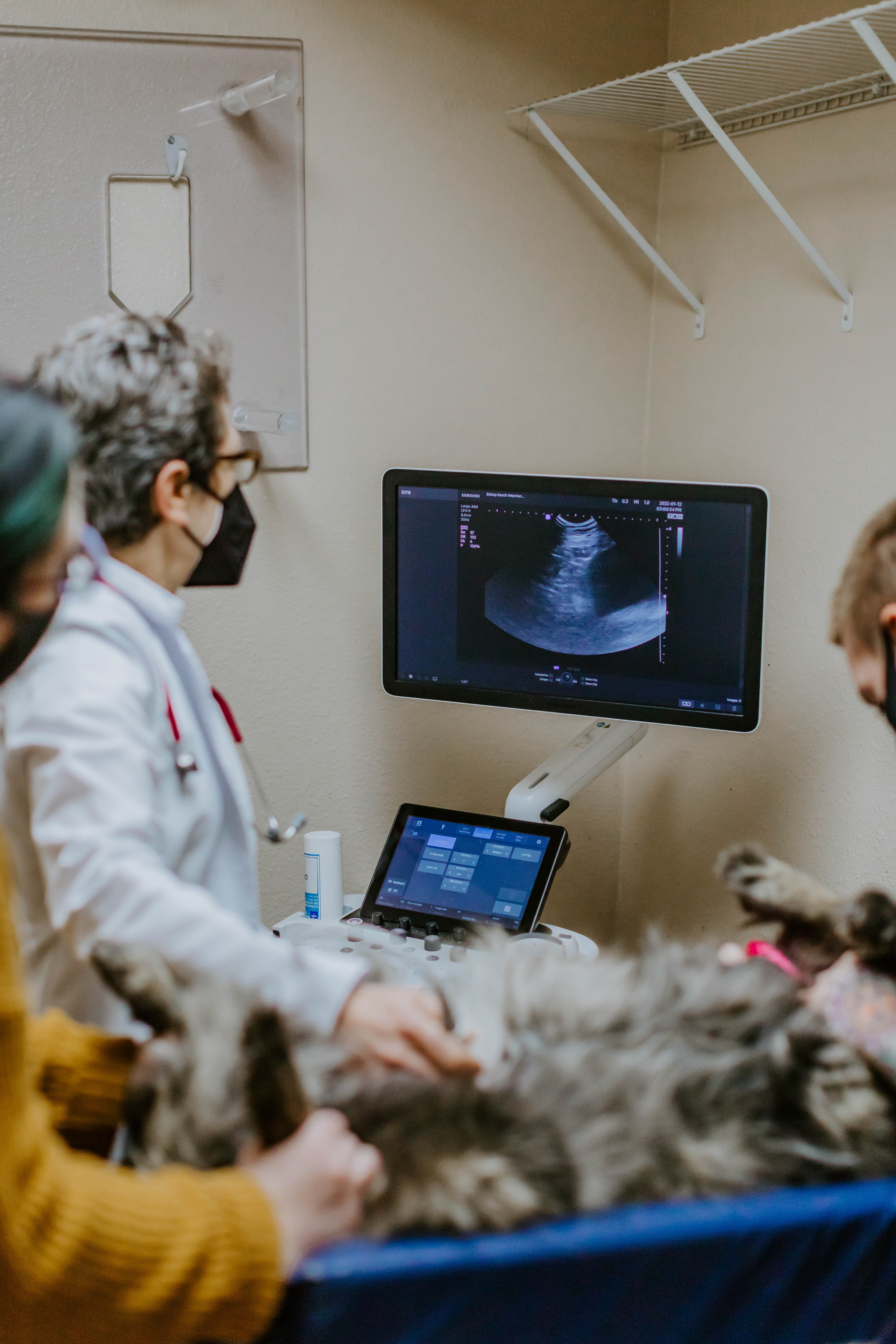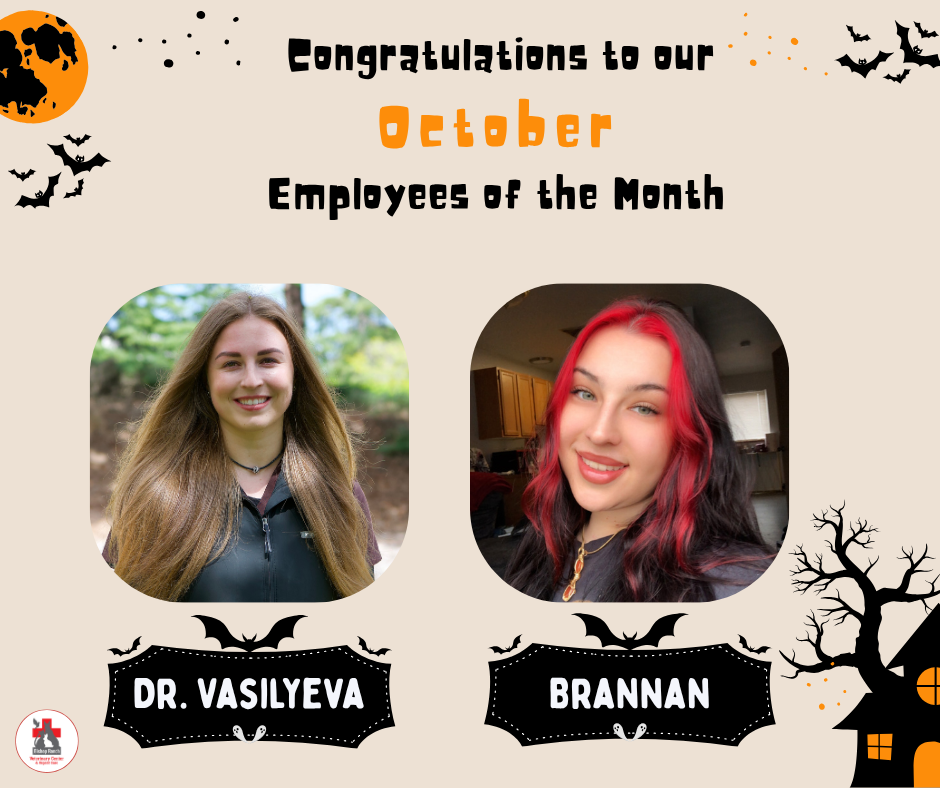Bishop Ranch Veterinary Center & Urgent Care Blog
Learn more about veterinary care in our blog!

The holidays can bring hidden dangers for pets—from festive foods to seasonal decorations. Learn which treats and decorations to avoid, tips for managing guests, and how to keep your furry friends safe and happy this fall.

Discover how your cat experiences the world through their remarkable five senses. From their super-sensitive whiskers to lightning-fast reflexes, each sight, sound, smell, taste, and touch shapes their daily life and their bond with you. Learn how understanding your kitty’s senses can help you enrich their environment and better appreciate their unique personality.

Early detection is key to keeping your aging pet healthy. Abdominal ultrasounds provide a non-invasive way to spot hidden issues before symptoms appear, giving you peace of mind and your pet the best chance at a long, happy life. Schedule your pet’s proactive scan today!

This month’s featured adoptable pet, Shelby, is a beautiful Shepherd mix with a shy spirit and a silly streak. She’s hoping for a home where she can feel safe, loved, and confident. Get to know this incredible pup and help us share her story.

Celebrate Carlos and Darian, our November Employees of the Month at BRVC! Their dedication, versatility, and commitment to compassionate care make a lasting impact on every patient, client, and colleague. Learn more about their contributions and how they exemplify the heart and skill that make BRVC exceptional.

Did you know cats can lose up to 75% of their kidney function before showing any symptoms? Hydration, diet, and litter box habits all play a role in supporting your cat’s kidney health. Learn what signs to watch for and how regular testing can help keep your cat happy and thriving.

Autumn is upon us — and with cooler weather and shorter days, your pet’s care routine may need some adjustments. From exercise and grooming to joint support and seasonal hazards, small changes can keep your furry friends happy and healthy. Learn simple tips and plan a personalized fall wellness visit with your BRVC veterinarian.

Spoil your dog this fall with healthy, homemade treats! From pumpkin peanut butter biscuits to chewy sweet potato jerky, these recipes are simple, vet-approved, and full of wholesome ingredients. Have fun baking with your furry friend and share the joy with us at your next visit or on social media!

Looking for a playful, loving companion to brighten your days? Meet Flower, a 2-year-old American Bulldog mix with a heart full of love and a personality that blooms brighter every day. From toy-chasing zoomies to couch cuddles, she’s ready to find her forever home and make every moment joyful.

At Bishop Ranch Veterinary Center, every team member plays a vital role in creating a caring, supportive environment for pets, clients, and each other. This October, we celebrate Dr. Vasilyeva and Brannan for their dedication, compassion, and positive impact across our hospital.







